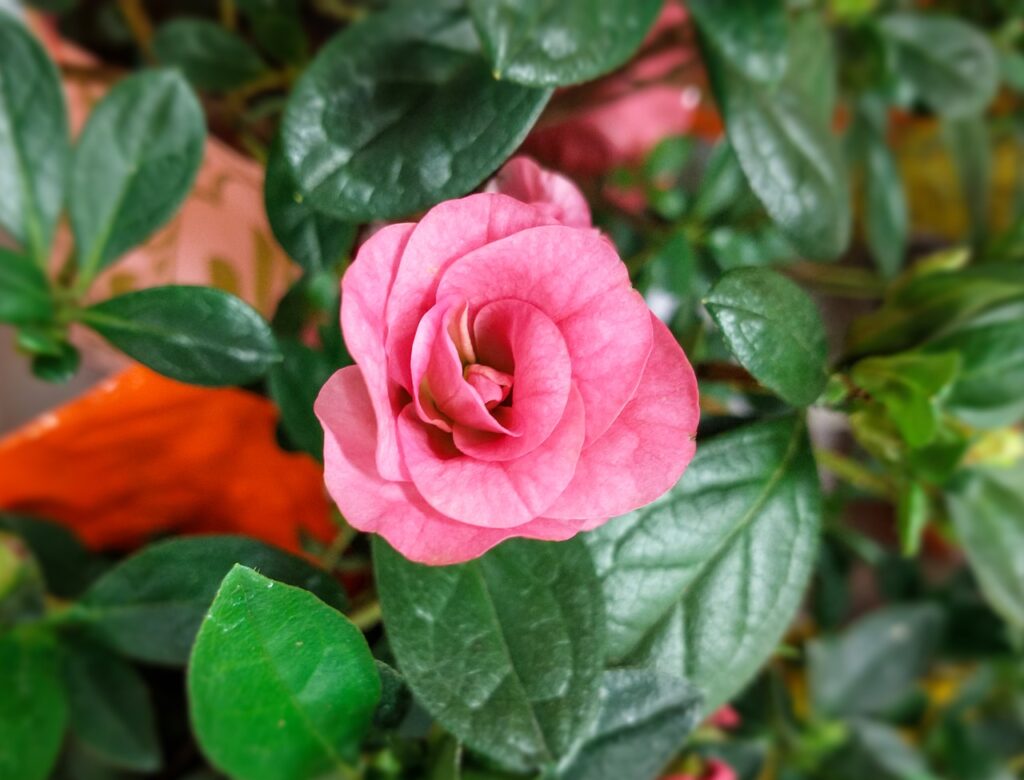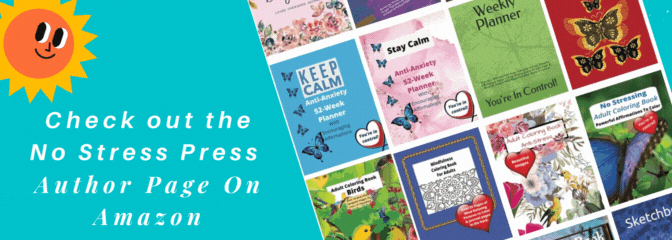Walking Reduces Stress

“Walking is man’s best medicine.”
Hippocrates

Walk It Up!
Studies have shown that walking stimulates the release of brain chemicals called endorphins which stimulate relaxation and improve our mood. When our mood improves, we are better companions and soulmates. We make better friendships and encourage a healthier environment for ourselves and our loved ones. Walking does not have to be done at a swift pace to have stress-relieving benefits. Even a stroll at an easy pace supports relaxation, studies reveal. In fact, in times where going outside is not a feasible plan, a person can turn on some relaxing music and do 10,000 steps right there in their living room or bedroom. It’s the steps that count most.
Get Tips & Ideas
Quarterly Newsletter March, June, September & December
Adult Coloring Is Therapeutic
Physical benefits
Walking even just 15 minutes per day just 4 times a week can help us live longer and healthier lives compared to those who are more inactive, according to a study. Regular walking helps us maintain healthy a body weight, reduce high blood pressure, reduces the probability for type 2 diabetes, and fosters a strong musculoskeletal system. Additionally, walking actually helps lessen symptoms of chronic pain, making it a great activity for people with joint problems or low back pain. With all of this, we can certainly understand why people who regularly walk live much healthier and longer lives. According to a study published, an exercise-associated increase in growth hormone secretion is a response to acute or prolonged exercise-induced fuel shortage that directs metabolism towards utilization of lipids and promotes growth.
There are even other attractive aspects of walking that do not get as much attention — but absolutely should!
Mental benefits
Shortly after beginning our walk, our thoughts become calmer; our worries are removed, and we start seeing the world from a different perspective. Many people hum, or sing, or even do their affirmations while they take a relaxing walk. Reassuring themselves that everything is going to and always does work out for them. Our body is being soothed and we’re also burning calories and creating more growth hormones. As stated earlier, growth hormones are a great thing because they promote regeneration and reparations in human tissues which results in prolonged life. The mental side of this is simply knowing that we have the power to live longer and that we are using it every time we walk. which boosts our hope, self-esteem and feeling of confidence. This confidence will be a foundation for even more improvements.
Walking induces a mindfulness state in comparison to other types of physical activity, but why? Runners and brisk walkers may get what’s called “runner’s high” which is exercise-induced euphoria and anxiolysis. Exercise-induced euphoria and anxiolysis is when a sense of well-being washes over us during endurance exercise. Having this “runner’s high” reduces negative thoughts, reduces depression and sadness, and reduces our body mass – meaning we lose weight over time. As an honorable mention the scientist that collaborated on the study also believe that the body’s natural painkillers, produced by the endocannabinoid system, may play an important role in giving us that relaxing feeling we get from walking or other forms of exercise. You can find more about this study here.
Another study, showed that walking is such a strong mood enhancer that high levels of walking significantly decrease symptoms of stress, such as anxiety, fatigue, and lack of motivation.
Best Practices for Effective Walking to Reduce Stress (of course run this by your health care provider)
- Have the proper gear.
- Before a walk exercise, consider some gentle stretching to prepare our joints and muscles for the increased range of motion needed.
- Do an easy five-minute walk to get warmed up and to get the muscles ready before stretching so they’re not completely cold when starting the stretching.
- For newbies, start with a shorter walk and then move on as your body sees fit. We’re all unique so it’s important to listen to our joints, muscles, and breathing to know what feels best for us as individuals.
- Hold good form while walking to get the most aerobic benefit with every step to help protect the back and avoid injury.
Follow these form tips:
- Head and shoulders: Keep the head up and centered between the shoulders, with eyes focused straight ahead at the horizon. Keep the shoulders relaxed but straight – avoid slouching forward.
- Keep a strong core. Your abdominal muscles help support the trunk of the body and the spine. So keep the stomach pulled in slightly and stand fully upright. Try not to lean forward as you walk.
- Much of the forward motion ought to start with the hips. Let each stride feel natural – not too short or long. Some of us make the mistake of trying to take too long of stride which could result in an accidental injury or may even throw a person off balance.
Other Ways to Reduce Stress
The goal is to live our very best life. We can do this by having a relaxed demeanor and stress-free lifestyle.
Adult coloring is scientifically proven to relieve stress. The relaxation that it provides lowers the activity of the amygdala, a basic part of our brain involved in controlling the emotion that is affected by stress.”. In simplest terms, coloring has a de-stressing effect because when we focus on a particular activity, we focus on it and not on our worries.
- Become mindful of the gift of the present
- Reduce negative and unwanted thoughts.
- Explore your own creativity.
- Reduce social media and blue light consumption.
A Special Word About Gratitude
Gratitude lowers stress thereby lowering the levels of cortisol and adrenaline the adrenal glands produce. In a study conducted by Kyeong Sunghyon and associates on the effects of gratitude meditation on heart rate, it was found to lower heart rate.
Writing thoughts of gratitude and appreciation on paper also offered a better mental outcome over an initial 4 weeks and 12 weeks after the study’s conclusion according to the study done by the Joel Wong and associates.
Gratitude increases mental strength. For years, research has shown gratitude not only reduces stress, but it may also play a major role in overcoming trauma. A 2006 study published in Behavior Research and Therapy found that Vietnam War veterans with higher levels of gratitude experienced lower rates of post-traumatic stress disorder. A 2003 study published in the Journal of Personality and Social Psychology found that gratitude was a major contributor to resilience following the terrorist attacks on September 11. Recognizing all that you must be thankful for —even during the worst times—fosters resilience.


Conclusion
Lowering stress is paramount!
When you lower stress, you lower your body’s fight or flight response. That response includes chemicals produced in the adrenal glands called cortisol and adrenaline. These chemicals are short-term responders to environmental stress. If you stay in a stressed state your body becomes desensitized to the effects of the chemicals. Chronic stress makes people more susceptible to illness. Gratitude has been clinically shown to reduce cortisol, thereby reducing inflammation, heart rate and blood pressure.
Remember, no one thing is going to bring wholeness. We must dedicate ourselves to loving ourselves enough to pay attention to how we feel. Then we must make feeling better about ourselves the most important thing we do!
Check with health care provider about how any of these tips may help you.
Thank you for reading this post!
Be blessed!


